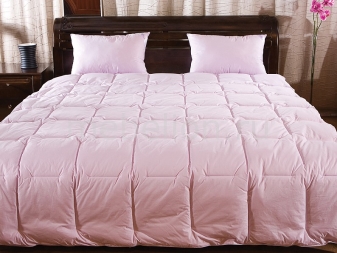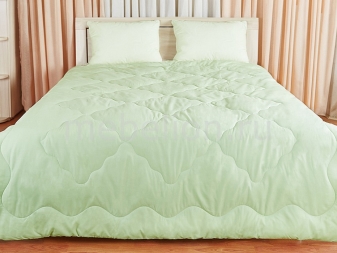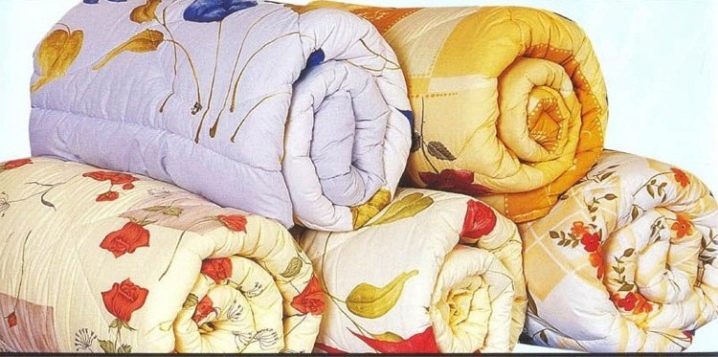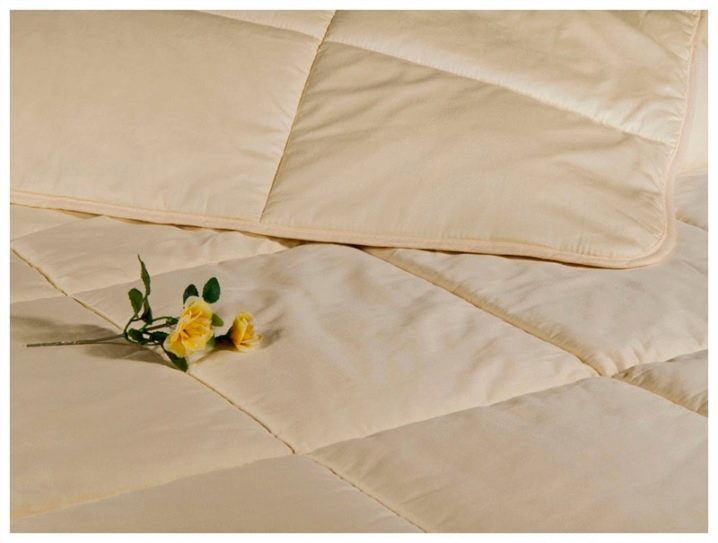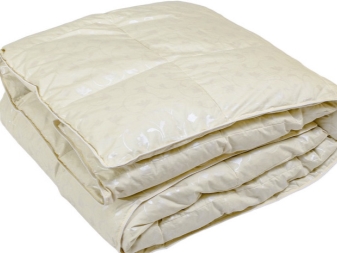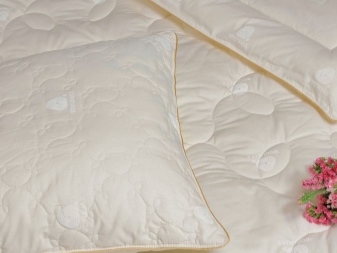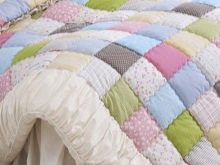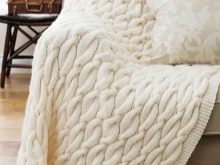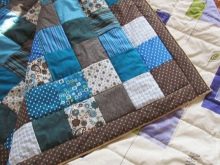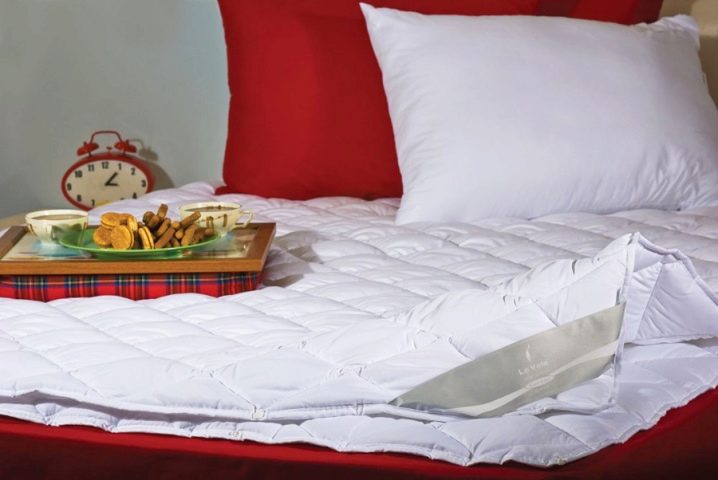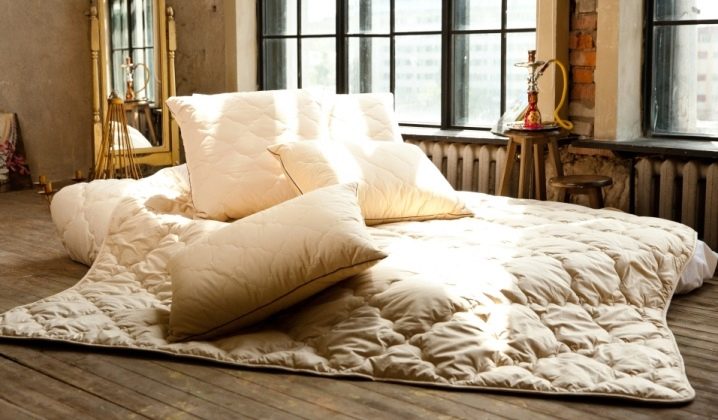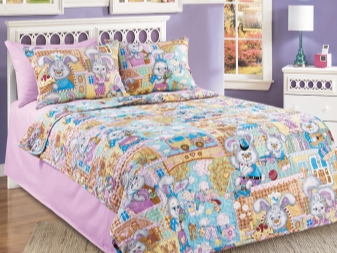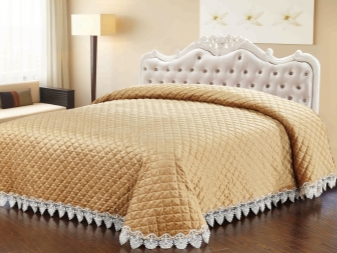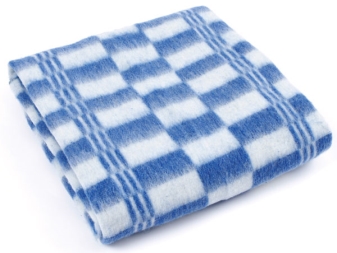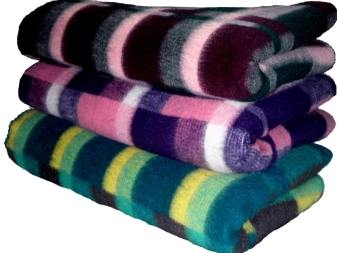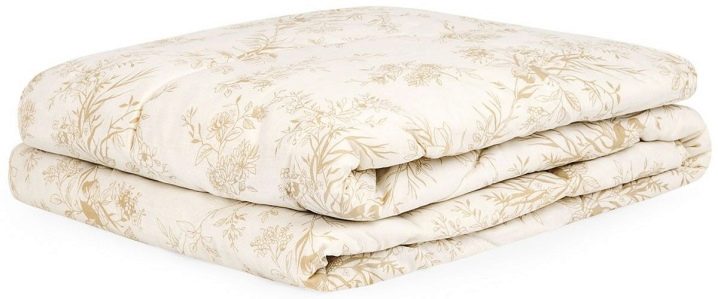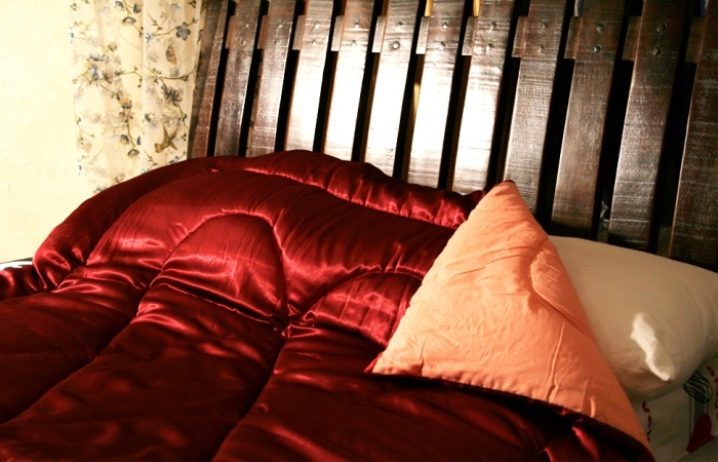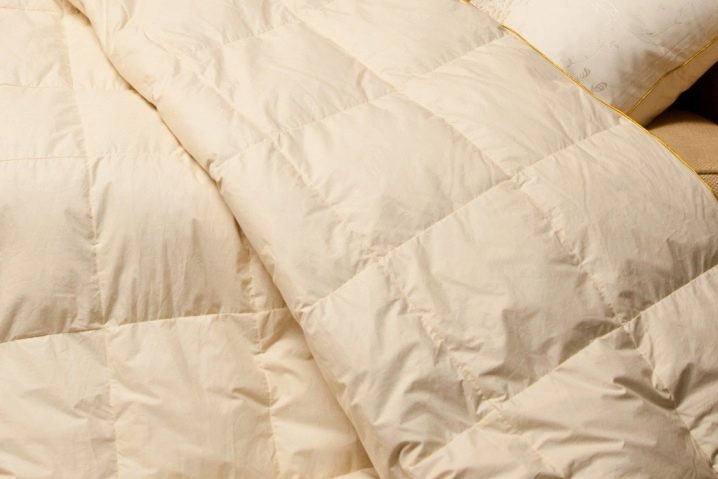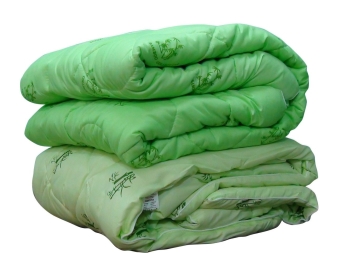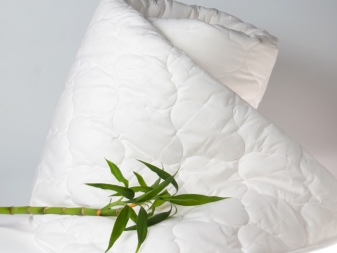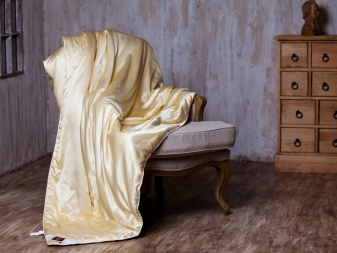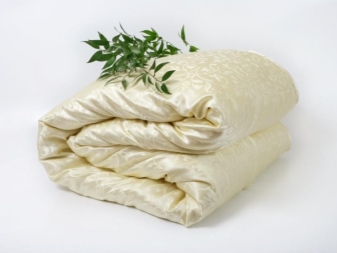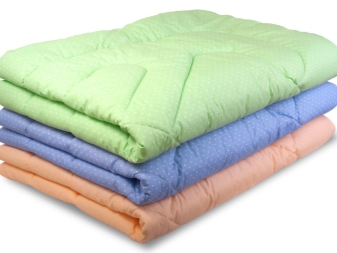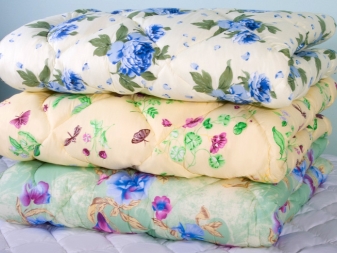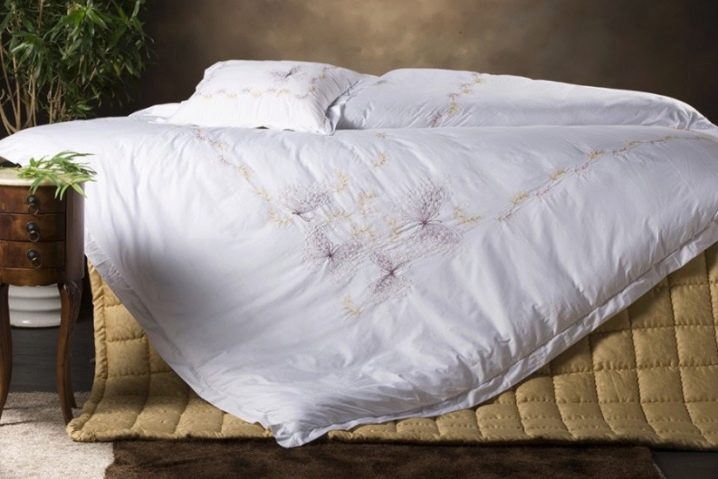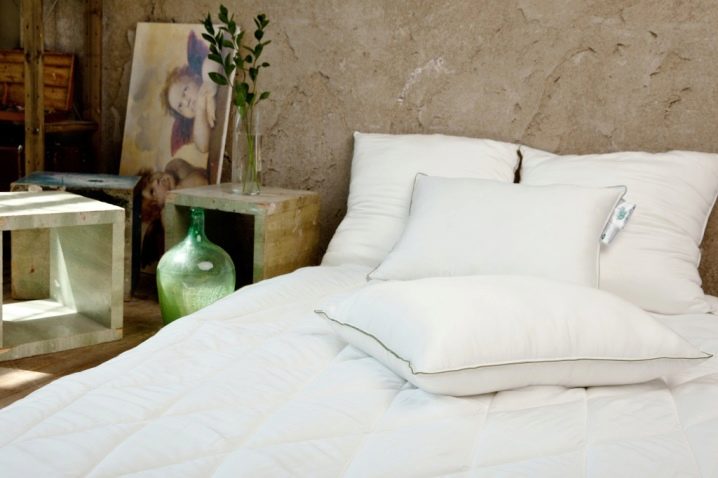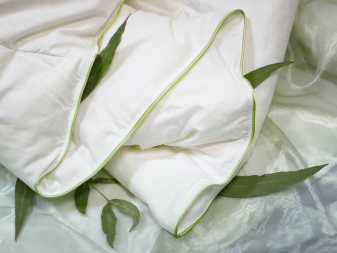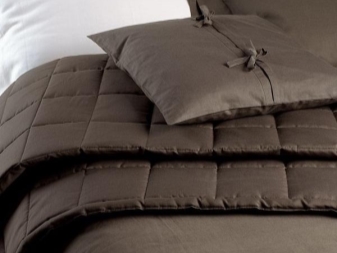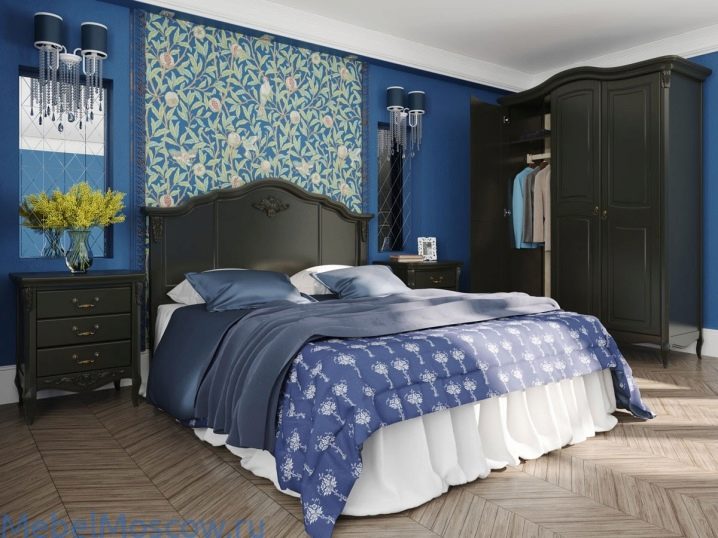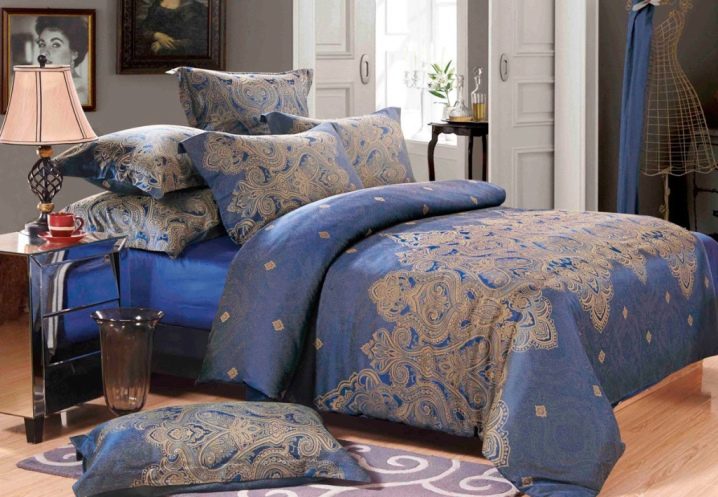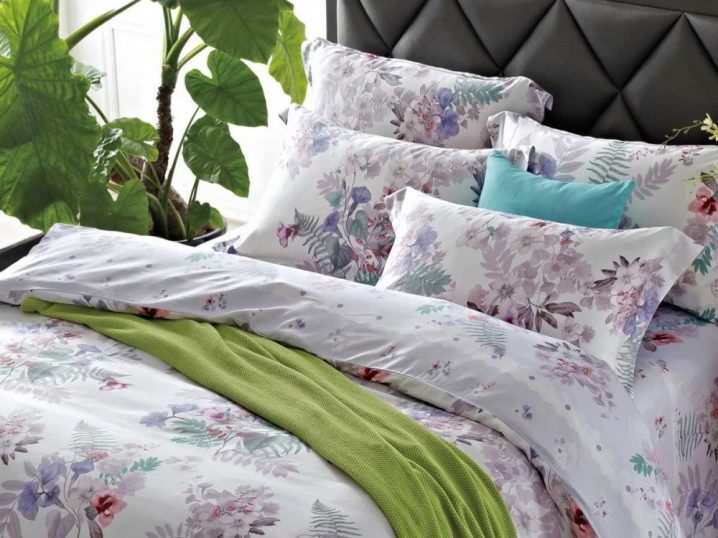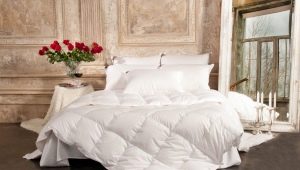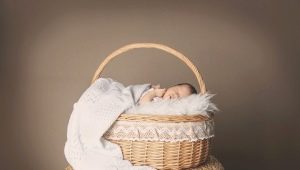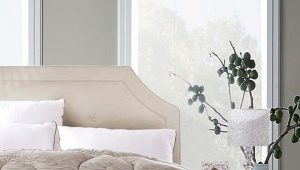Sizes of a double blanket
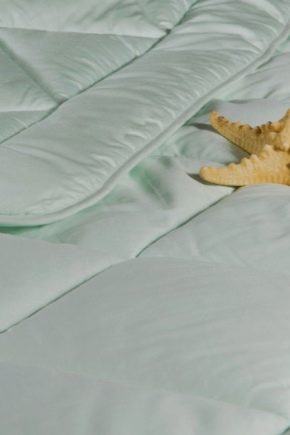
A wide range of home textile products are replete with a variety of shapes, sizes and colors. But a wide model range is both an advantage and a disadvantage, because an attractive appearance does not always guarantee quality. Therefore, when buying a blanket in the first place you should pay attention to such aspects as safety, comfort of the product in use and, of course, size.
What are the?
Individual requirements and preferences have the most significant impact on the final result of the product purchase. But in order to understand what kind of blanket the buyer really needs, it is necessary to become familiar with what constitutes the diversity of their range to date.
According to the various characteristics can be divided into several groups of blankets.
For example, if you take into account the size, they are:
- Single beds;
- One and half sleeping;
- Double beds;
- Custom models.
In addition, each of the points is distinguished by its metric system depending on the country of origin.
Size classification is:
- Russian;
- European.
Depending on the sewing technology, there are also several types of products:
- Cassette models. Cloth cassettes consists of solid textiles, which at the same time is divided into sectors, each of which is a small pocket for the filler. The advantage of these products is that they can be washed without worrying about the filler rolling and losing its shape.
- Kosteppe technology. A small difference from the cassette models is that the seam is an intricate pattern, not a sector geometry.
- Quilted models. The product is stitched with horizontal lines and is practical. However, it is not recommended to wash such blankets.
- Knitted products. These products are distinguished by unusual textures, the type of which varies from the type of yarn,they are warm and cozy enough, but at the same time for the daily use in bed as a blanket for sleeping fit unlikely.
- Patchwork. Patchwork quilts are made from various pieces of fabric. Such models are made most often manually. They look especially cozy and homely. The characteristics of practicality depend on the quality of the seams and the material of manufacture.
As a separate group is to provide blankets with electric heating function. They have relatively recently appeared on the market, but have already won the location of buyers.
Electric heating allows owners to adjust the temperature of the surface of the blanket depending on their own comfort zone.
Blankets can be different and the thickness of the canvas, this factor affects the seasonality of products. So, they can be divided into summer, demi-season and winter. A common misconception is that the thicker the blanket is, the warmer it is. In fact, the heat-regulating properties of blankets depend directly on the material from which the product is made. For example, a thin blanket of wool is much warmer than a thick cotton one.
The ability to maintain and maintain a certain temperature depends on the densityfiller - the more space between the fibers of the material, the better it retains heat.
In addition to the three main types of seasonality of blankets, stands out a special kind - off-season models. It can rightly be considered that this is a brilliant invention, and its genius is in simplicity. Off-season blankets are two blankets, fastened together with buttons or buttons, one of which is light and is perfect for hot summer nights, and the second is dense and warm, which warms up in frosty or rainy weather of its owner.
Materials
Practically all product characteristics depend on the material for manufacturing - this is comfort, heat conductivity, hypoallegic, simplicity or complexity in care and much more. The fabric from which the product is made is selected taking into account the individual preferences of the future owner.
It is necessary to consider whether there are allergic reactions to one or another textile, what aesthetic and tactile preferences the user has, whether he likes rough pile or, on the contrary, prefers soft and smooth textures.
Blankets are made from such fillers as:
- Wool;
- Cotton;
- Vata;
- Pooh;
- Bamboo;
- Silk;
- Synthetic materials.
Natural
Blankets made of wool are considered the warmest, as a rule, they are made using the fur of sheep or camels. Depending on the thickness, they are both winter and demi-season. Of particular popularity are merino products (sheep wool of special processing). They provide their owners with a sleeping place with high-quality thermoregulation and air ventilation.
The disadvantages of wool include allergic reactions and the possible appearance of parasites in the fibers of the fabric.
Cotton is considered one of the most hypoallergenic materials of plant origin. But its disadvantage is that it retains heat poorly, it is better to use cotton blankets in summer.
But cotton is very eco-friendly and easy to care for, it can be easily washed in a machine on regular modes, without risking damage to the filler.
Blankets made of cotton in general are the same cotton products, but due to the nature of the material, they are very difficult to care for and quickly lose their advantages compared to other blankets. To that products from cotton wool differ in considerable weight.
Down blankets contain feathers or down of waterfowl, such as ducks, loons and geese, these products are considered to be the warmest, softest and “breathable”, besides they are distinguished by reasonable prices.
The disadvantage is the possible appearance of parasite bites that can start in the filler.
Bamboo products have many advantages, the main ones are environmental friendliness, the absence of allergic reactions and high hygroscopicity. They retain heat well and are suitable for use at any time of the year.
Ease of care and high life can also be attributed to the advantages of bamboo blankets.
Silk products are mainly summer models, natural material has a high level of wear resistance and long service life. The disadvantage of silk blankets alone is the high price.
Perhaps the "Achilles heel" of natural fillers of any type is a favorable environment for the development of parasites and various harmful bacteria. That is why experts recommend to buy natural products with special impregnation that protects the filler from the formation of a pathogenic environment.
Synthetic
Blankets made of synthetic materials have characteristics no worse than products made from natural fillers. Synthetics is of high quality, ease of care and affordable prices.
The most familiar to consumers and the most common synthetic filler is a synthetic winterizer. Synthetic products are light, durable and do not cause allergic reactions, such products can be washed without fear of deformation or rolling filler.
An honorable place among synthetic fillers is given to holofiber. This type of material is distinguished by its reliability, light weight and good thermal conductivity. In addition, holofiber blankets can be safely washed in a typewriter at home.
A qualitative prototype of natural fluff is tinsuleyt, this material is very similar in its characteristics to the feather one, but the main difference and advantage is absolute protection against parasites, and as a result, is hypoallergenic.
The next no less popular analogue of natural material is lyocell. This prototype of cotton fillers is quite easy to use, care, relatively inexpensive and has a high level of thermal control.
Covers
In addition to the material for the internal filling of the product, it is important to pay attention to the textile components of the cover. The most popular materials for upholstery are satin, jacquard and calico.
These covers are suitable for all types of fillers, except fluff, as it will make its way through a large texture.
Satin and silk covers are the perfect complement to any type of filler, this textile pleasantly cools and becomes a stylish decoration of the bed.
Such models are better suited for the summer season.
When buying any product, you initially need to decide on its purpose:
- If the blanket is intended to cover the upholstered furniture, then it is necessary to give preference to durable and wear-resistant materials with dimensions corresponding to the surface to be covered so that the product does not drag across the floor;
- If you plan to use a blanket for everyday sleep, then the important aspects when choosing - heat conduction and breathability, as well as hypoallergenicity and comfort.
When buying, it is important that the seams and bends of the product are studied in detail in the store in order to avoid the dissolution of the threads and the loss of filler.Caring for the product depends entirely on the material of manufacture, therefore, before washing or giving the blanket to the dry-cleaner, it is recommended to study in detail the information on the label, which shows all aspects of caring for the product.
The weight of the product also depends on the material of the production, when choosing it is also an important factor, since depending on the individual requirements for the weight of the blanket, the level of comfort is determined. Someone prefers to sleep under a massive blanket, while others prefer lightweight models, not constraining movement in a dream.
Products made of synthetic fillers are considered the lightest, while natural materials, such as wool, have a weighty weight.
But here everything depends on the thickness and dimensions of the product.
Dimensions
The most important requirement for any blanket or blanket - comfort in use. In addition to the material for manufacturing, this factor is also influenced by the dimensions of the selected model. Both domestic and foreign manufacturers try to adhere to certain canons that correspond to metrically standard bedding sets, but sometimes you can find commercially and completely non-standard models in their performance.
Standards in Russia
The metric system of domestic manufacturers immediately begins with one and a half-spinal models. The sizes of these products are suitable for those who sleep alone or for children, although the standard children's models differ in size 120 x 160 cm.
People with tall stature or large proportions will definitely feel uncomfortable sleeping under such a blanket.
The size of double blankets from Russian manufacturers range from 160 to 180 cm in width and in length from 200 to 220 cm. These blankets are suitable for married couples. Although experts in the field of sleep recommend that each of the partners sleep under their own blanket. Indeed, depending on the individual physiological characteristics of an organism, a person has his own comfortable sleeping microclimate, which may not correspond to or resonate with the needs of another person.
The non-standard Russian sizes include the Soviet models. The dimensions of one-and-a-half blankets are 140 x 205 cm, and the double ones are 172 x 205 cm. These products were very popular during the Soviet era.
Among the Russian size blankets can be distinguished several standard sizes for double blankets:
- 160 x 200;
- 160 x 220;
- 170 x 200;
- 180 x 200;
- 180 x 220
Euro options
European bedding sizes for beds are significantly different from Russian ones. Firstly, a different role is played by a different metric system - an inch is taken from the western products, while a centimeter is taken from domestic products.
The following difference is the size classification:
- Single - single products;
- Double - double models, their dimensions are from 175 cm wide and up to 215 cm long. The most optimal sizes for standard double beds are 175 x 205 and 175 x 210 cm
- Queen - the so-called "royal" or non-standard blankets, differing in especially large sizes from 200 x 220 cm. Models of 195 x 215 cm are also referred to this type, they are less popular, but still in demand.
Optimal choice
When choosing a duvet cover, the dimensions of the blanket are taken into account and 5 cm each is added to both the length and the width. This allows you to push the product into the blanket without effort. In this case, it is important to take into account the possible shrinkage of bed linen after washing, so if users have doubts, then it is worth adding from 5 to 10 cm in width.
It is precisely in width for the reason that in this direction most of the webs have a share thread, which affects shrinkage.But if you buy high-quality linens, then you can not worry about it.
In the case of buying models of blankets of non-standard sizes, there may be problems with the purchase of bed linen. If the duvet cover is not included, then you will most likely have to sew it to order.
Most often, duvet covers are sold complete with a sheet and a pillowcase, so it is important to take into account not only the dimensions of the blanket, but also the dimensions of the bed; for this, experts created a special metric table of matching the dimensions of bedding sets.
Matching Table
|
The name of the bedding set |
Duvet Cover Dimensions, cm |
Sheet size, cm |
Pillowcase dimensions, cm |
|
Bastard |
From 145x215 cm to 165x225 cm |
165x215 185x205 |
50x70 (euro) 60x60 70x70 |
|
Double |
From 175x215 cm to 185x225 cm |
180x215 220x235 225x220 |
50x70 (euro) 60x60 70x70 |
|
European |
From 205x225 to 225x245 cm |
245x225 245x285 |
50x70 (euro) 70x70 50x70 |
|
Child |
From 105x145 cm to 125x165 cm |
125x155 |
40x60 |
A one-and-a-half bedding set is suitable for owners of beds whose width is from 120 to 140 cm with the dimensions of a blanket from 140 cm in width and 210 cm in length.
Double linen set - for products up to 175 cm wide.
The European set is intended for overall blankets up to 220 cm wide.
Pillow sizes are also classified into European and Russian by classification.
Standard domestic models are square, while European pillows are mostly rectangular. It should be borne in mind that the sets for one-and-a-half sleeping beds are in fact designed for one owner, but the presence of a second pillowcase is also not excluded, since couples often use this type of bedding for sleeping.
Includes bed sheetswhich happens both standard, and tension. The second type is more common in European kits and is a canvas with an elastic band. European sheets have a number of advantages over conventional models, they do not wrinkle, do not slip from the mattress, but are securely fixed on the bed, but only if the choice of proportions of the mattress is respected, as the gum should fit snugly to bed.
Learn more about how to choose a blanket, you will learn from the following video.
